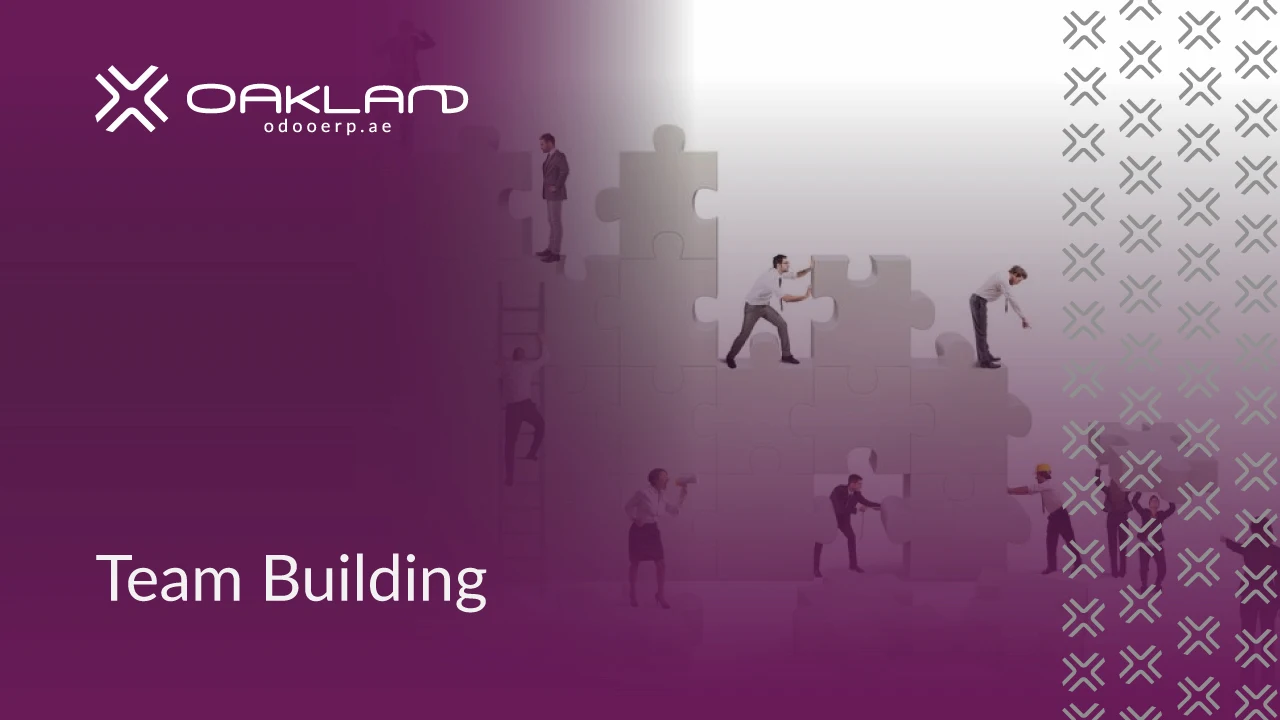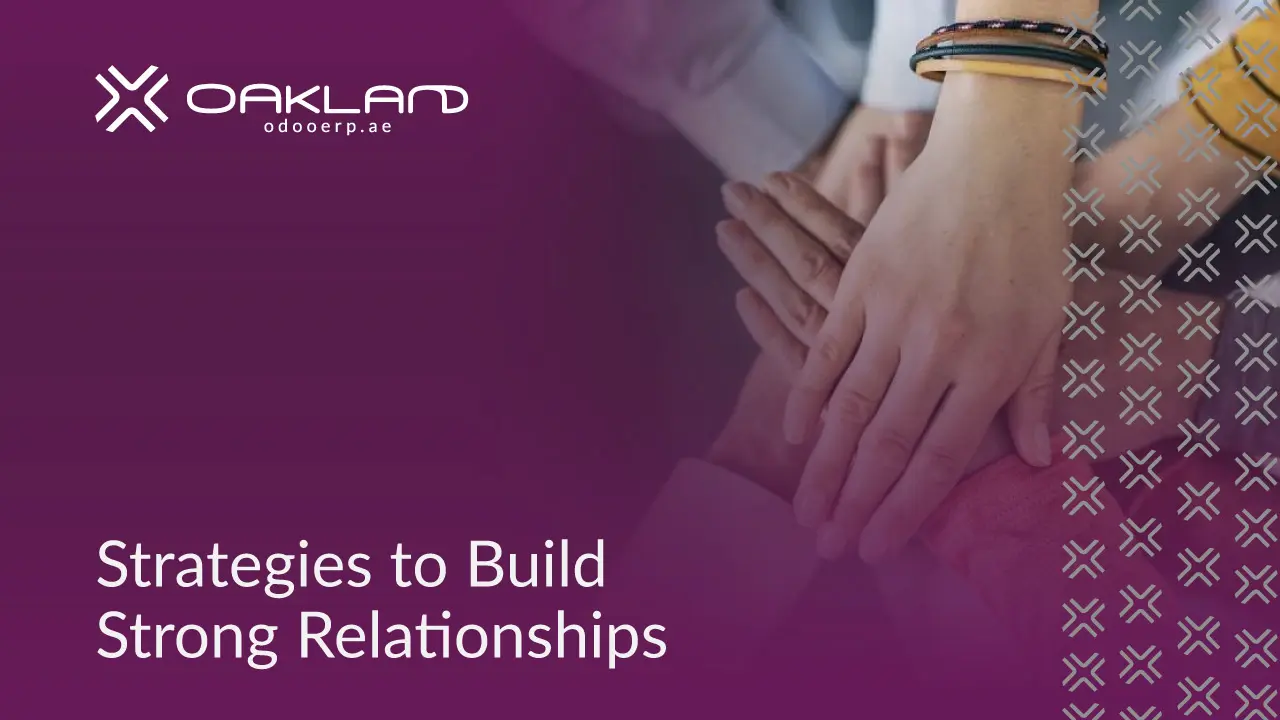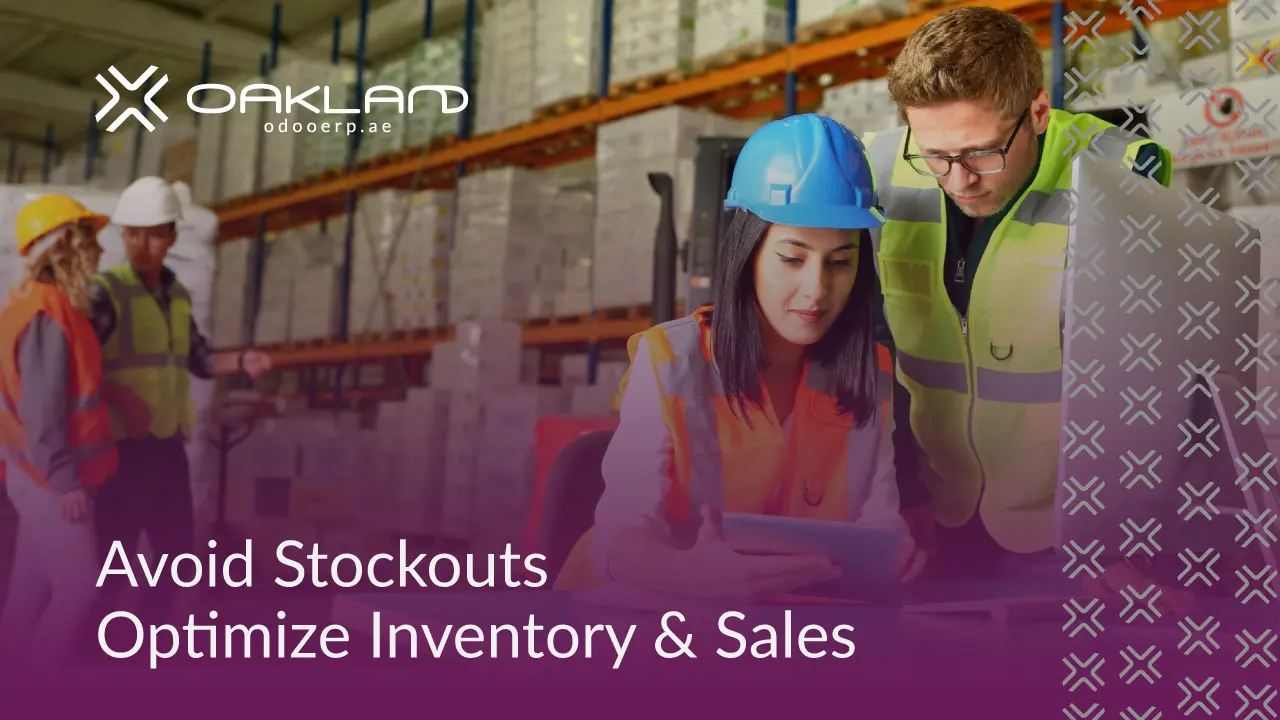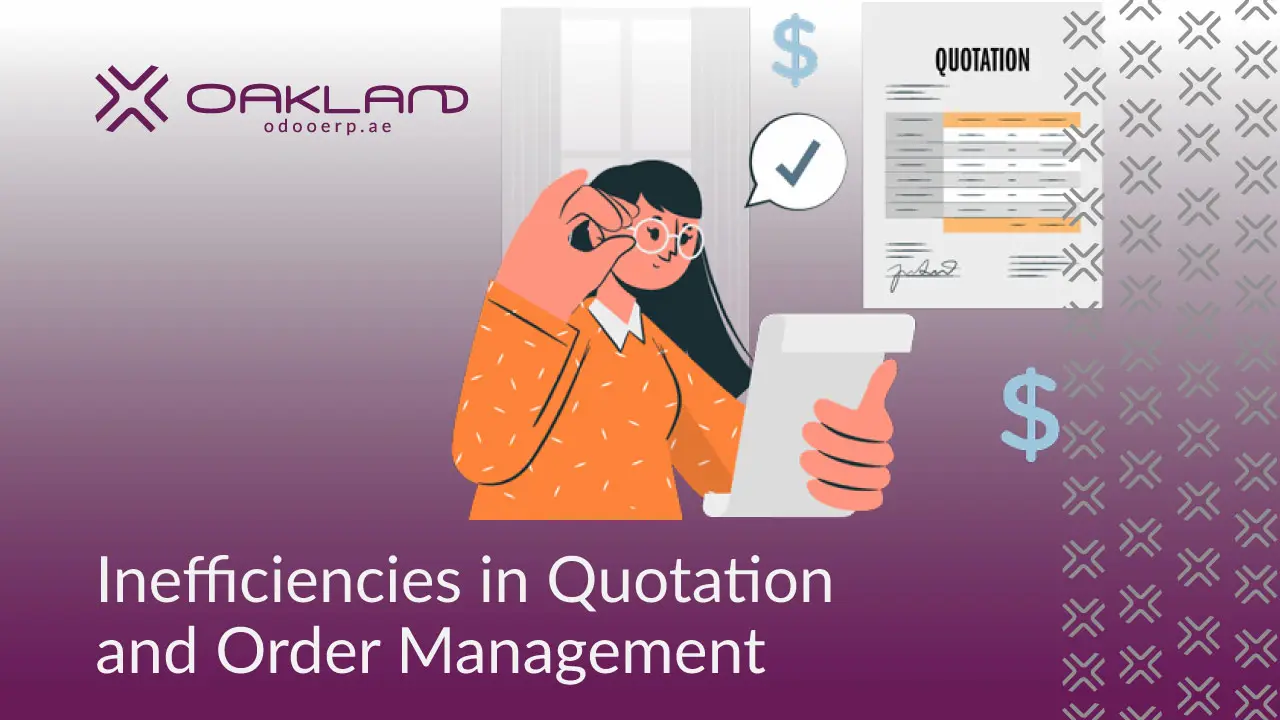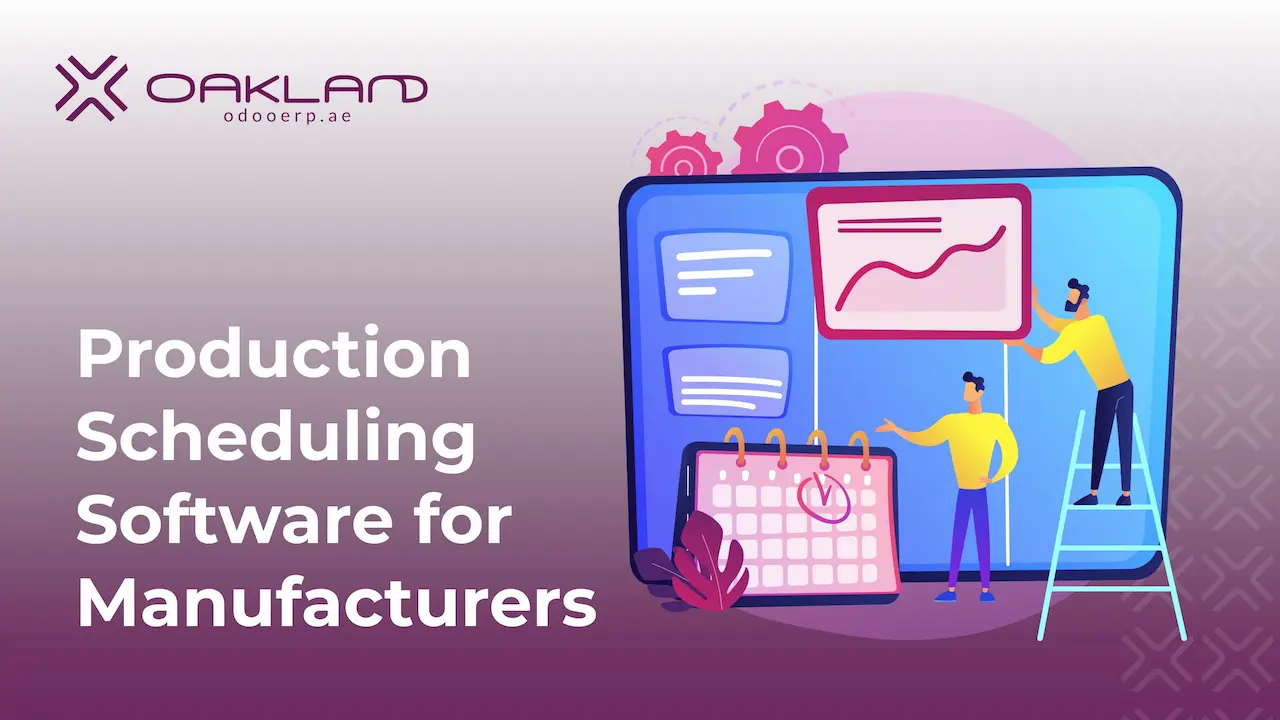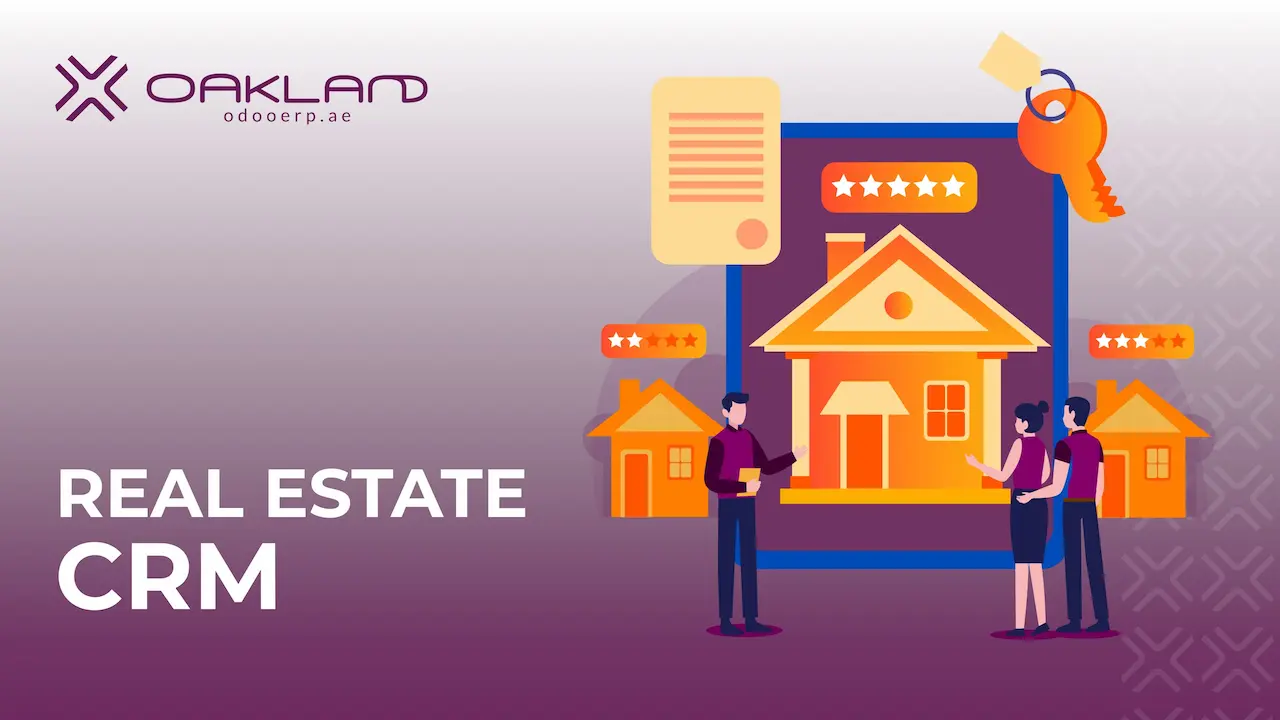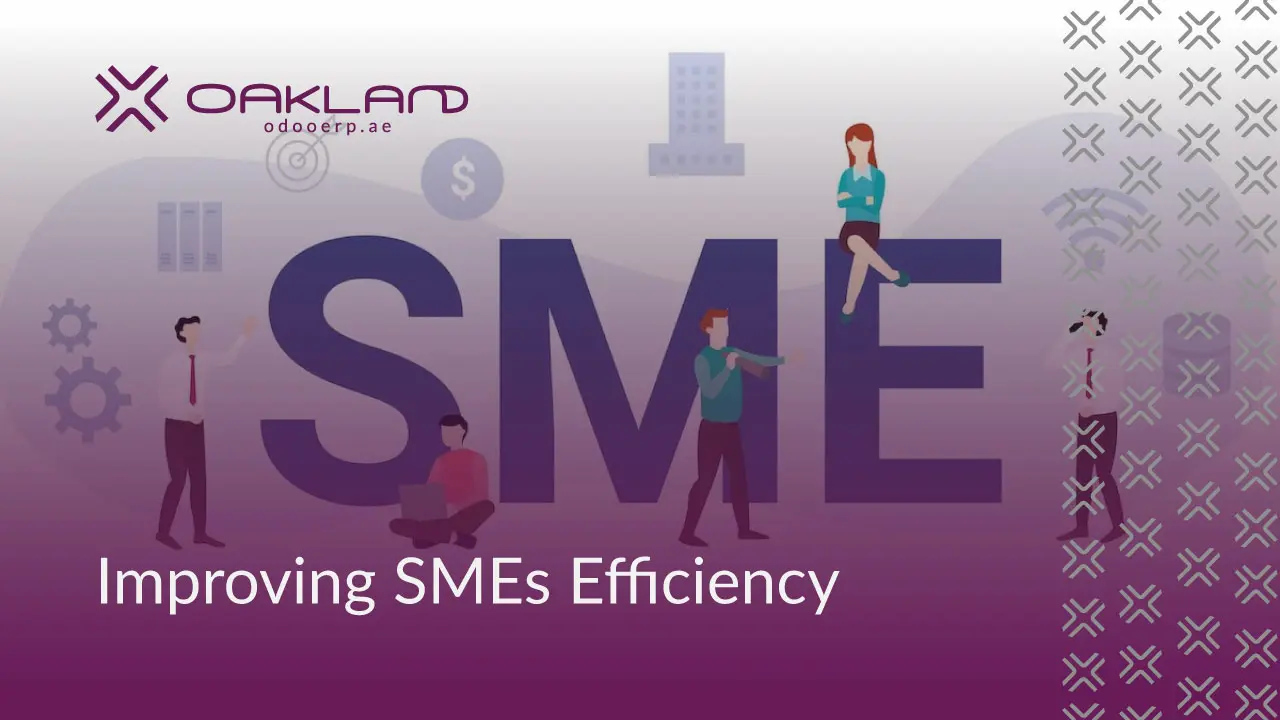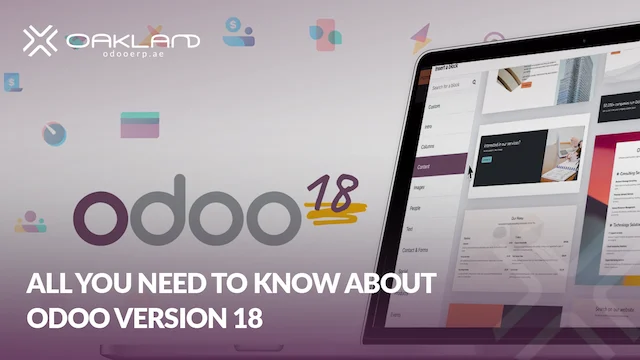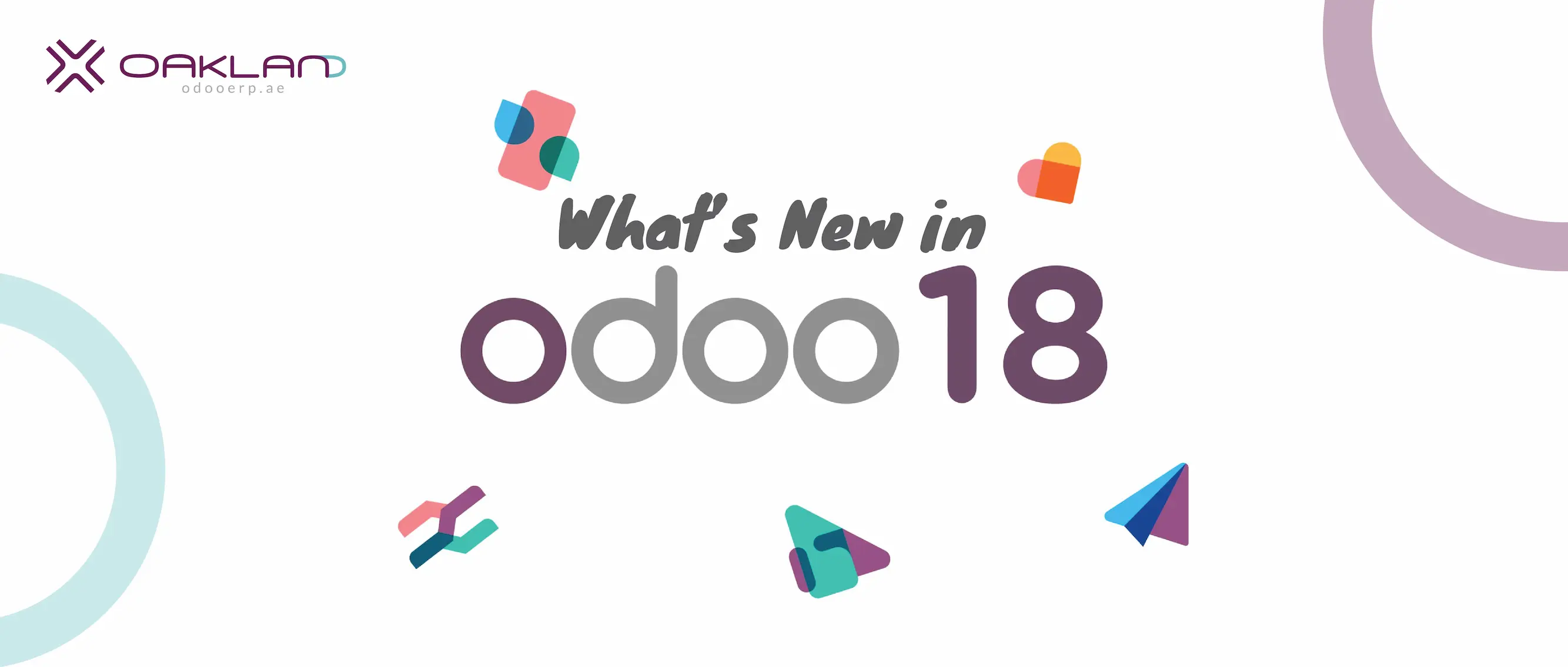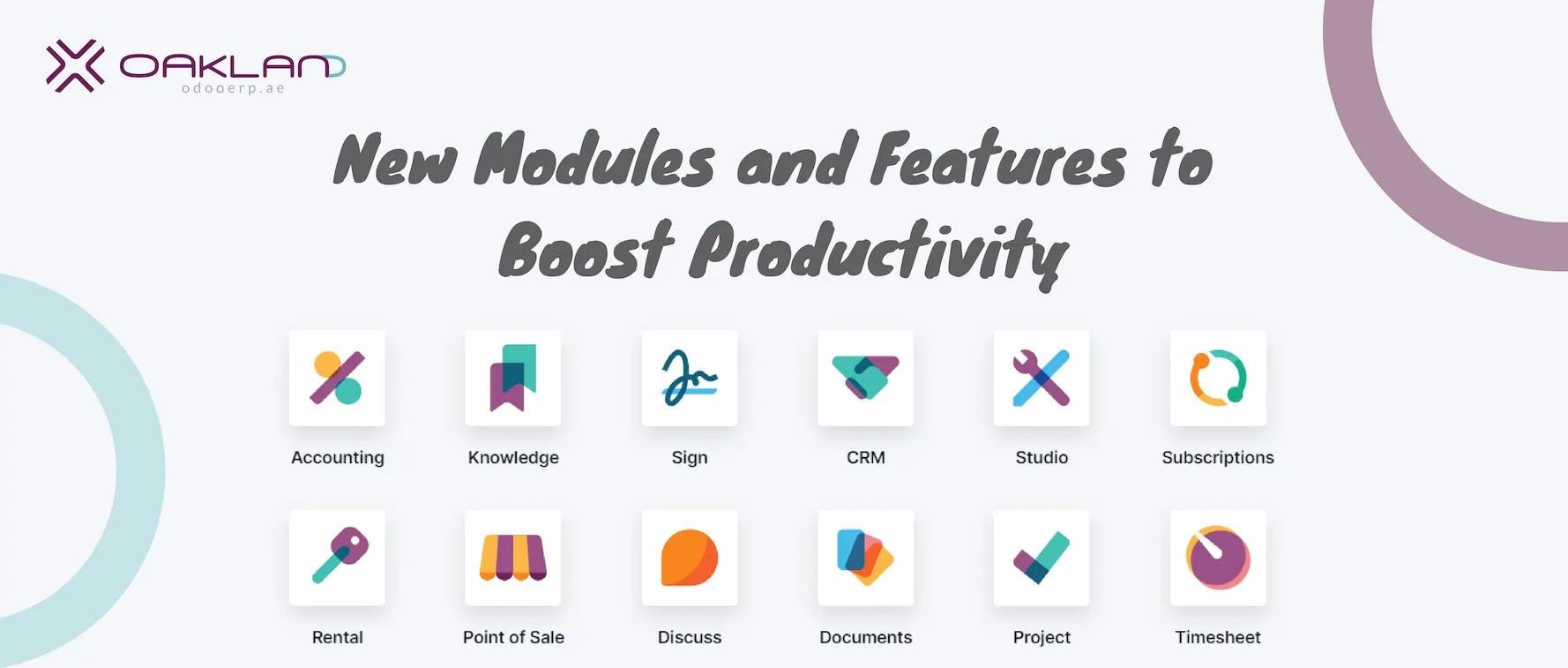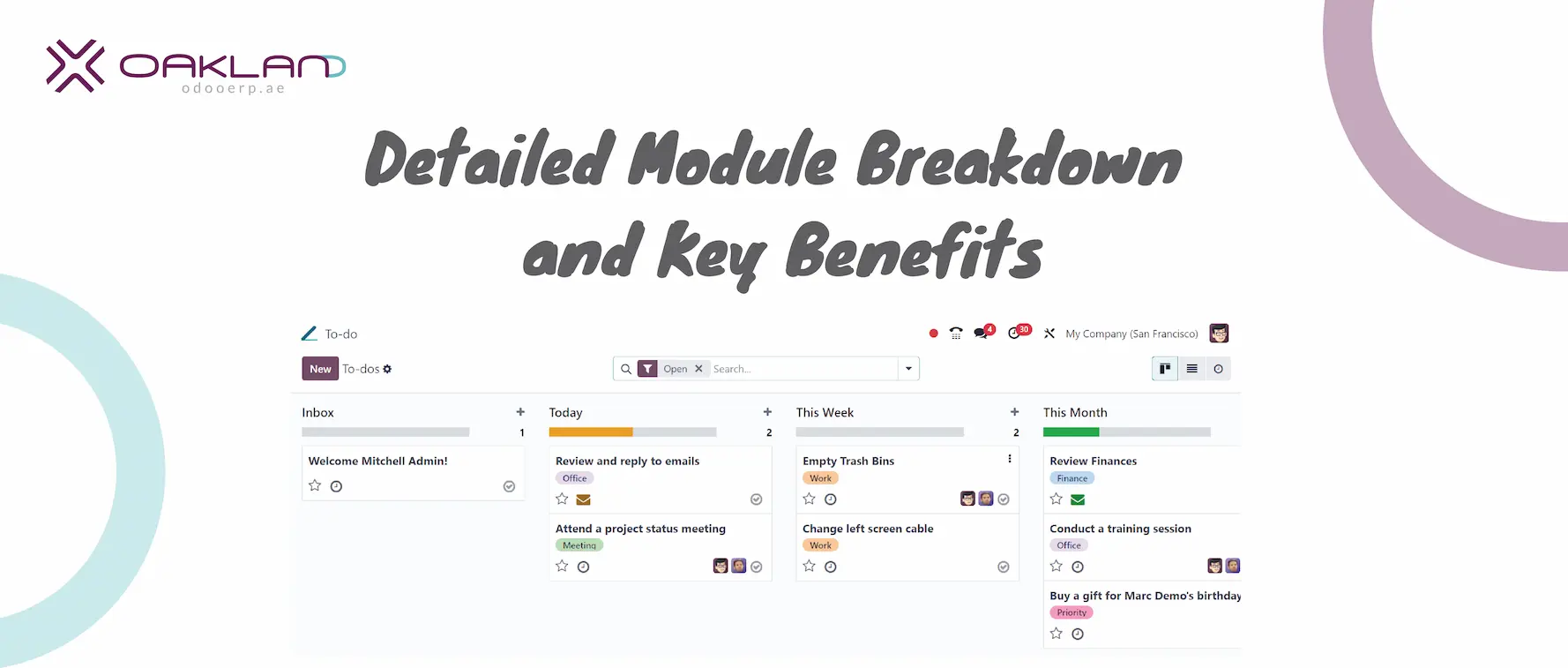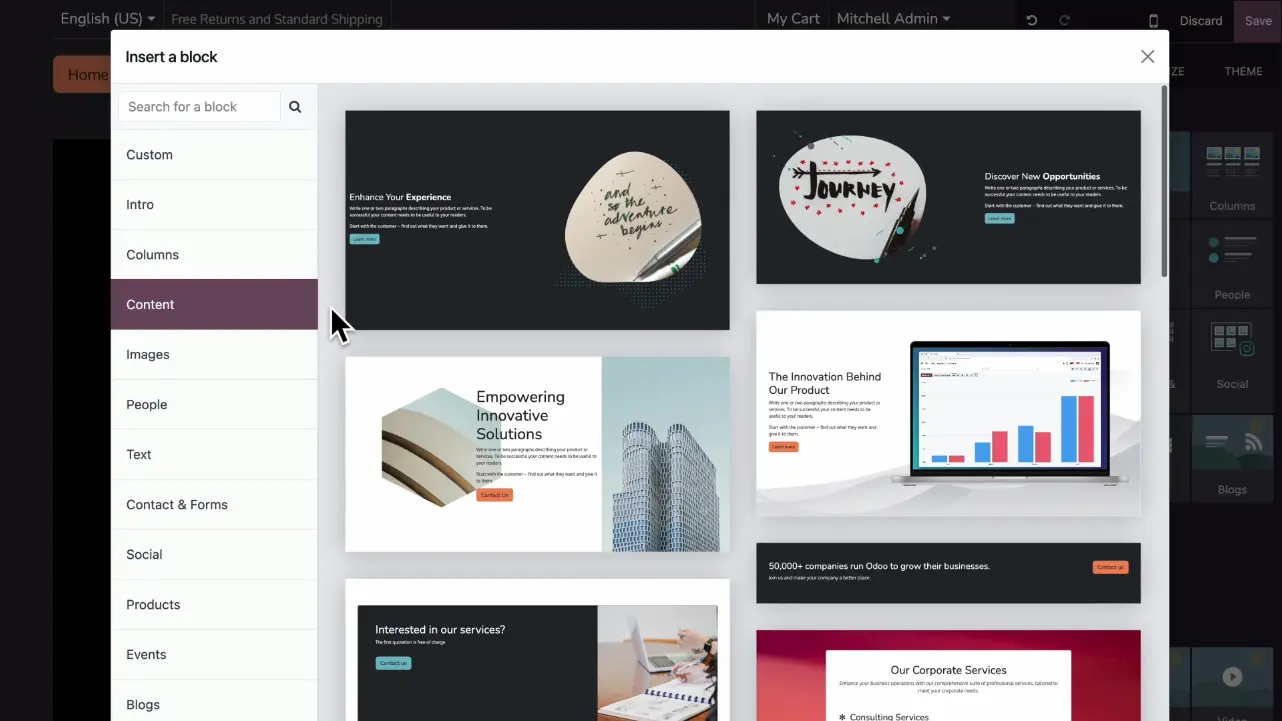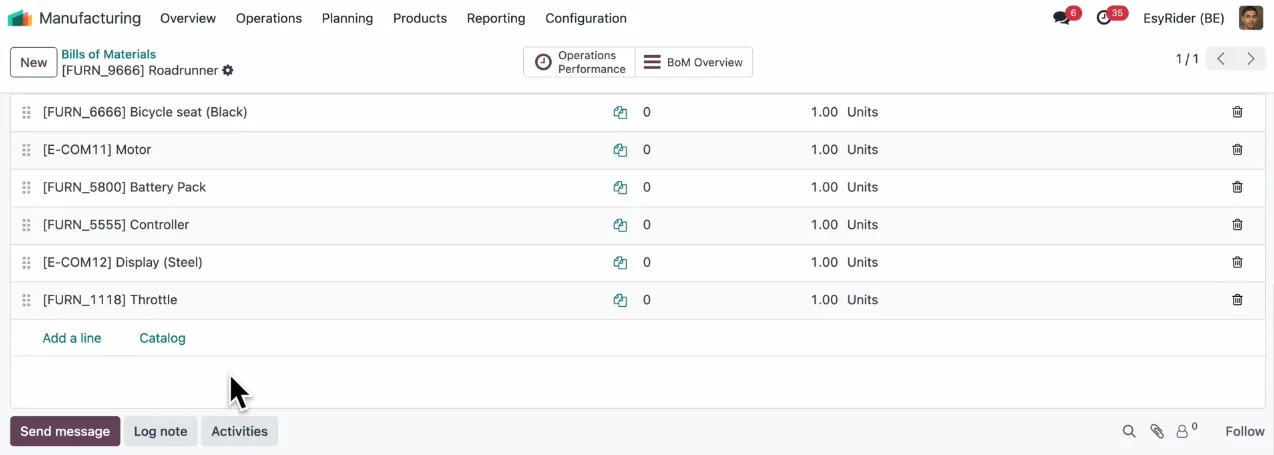Building a strong team is essential for any organization looking to improve collaboration, productivity, and morale. Successful team building fosters trust, enhances communication, and strengthens workplace relationships, leading to a more engaged and efficient workforce.
What is team building?
Creating a cohesive and high-performing team requires more than just gathering a group of individuals. Team building is the process of developing strong connections, fostering collaboration, and enhancing the skills needed for collective success.
- Encourages open communication and trust among team members.
- Strengthens relationships, leading to a more harmonious work environment.
- Enhances problem-solving and decision-making abilities.
- Promotes a culture of support, motivation, and shared responsibility.
Successful team building involves structured activities, clear goals, and continuous engagement to ensure that teams function effectively.
Why is team building important?
A well-built team brings more than just efficiency; it fosters a positive and productive work culture. Investing in team-building activities can lead to significant improvements in both employee satisfaction and overall performance.
- Increases employee engagement and motivation.
- Reduces workplace conflicts by promoting understanding.
- Improves collaboration, leading to better project outcomes.
- Strengthens leadership skills and accountability within the team.
Organizations that prioritize team building experience lower turnover rates, higher morale, and a more resilient workforce, making it a crucial aspect of long-term success.
Low retention and teams building
Team building is the basis for strong teams with empowered employees. Employees happiness is a major factor affecting turnover rates. The healthier work environment is, the more likely employees are to stay with the company.
Studies have shown a strong link between employee retention and turnover rates. in the following image, you can see how companies with stronger teams are likely to keep employees over time. Analyzing this chart shows how building strong teams is an investment that pays high over time not only in terms of productivity but also in loyalty.
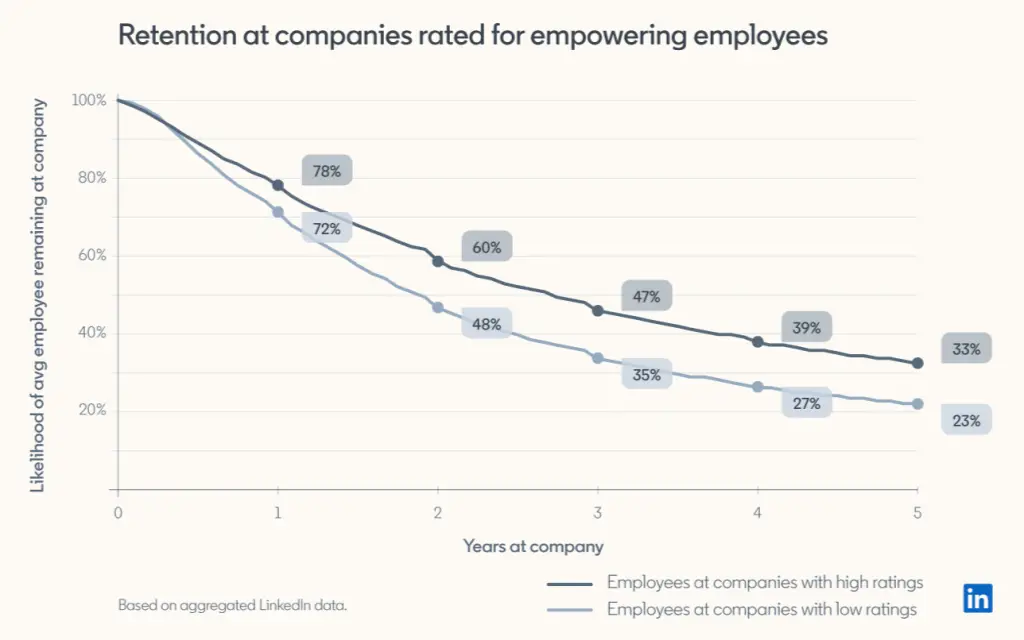
What are the 7 C’s of Team Building?
Team building is now one of the main focuses for many corporations. Building teams is not quite hard, all it takes is to follow a simple procedure and results will show eventually.
Strong teams rely on fundamental principles that drive collaboration, efficiency, and success. The 7 C’s of Team Building outline the key elements that contribute to a cohesive and high-performing team.
When you Understand and apply these principles on your team, the transformation on team dynamics will create a thriving work environment.
Communication
Clear and open communication is the foundation of any successful team. Without it, misunderstandings, inefficiencies, and conflicts can arise.
- Encourages transparency and trust among team members.
- Ensures that expectations and goals are clearly defined.
- Reduces errors by keeping everyone aligned.
- Strengthens relationships through active listening and feedback.
A culture of effective communication leads to improved collaboration and overall team performance.
Collaboration
Working together towards a common goal is essential for productivity and innovation. Collaboration ensures that each team member contributes their expertise while supporting others.
- Promotes knowledge-sharing and learning opportunities.
- Increases efficiency by leveraging diverse skills and perspectives.
- Encourages teamwork in problem-solving and decision-making.
- Strengthens the sense of unity and collective achievement.
When teams collaborate effectively, they achieve more than individuals working in isolation.
Coordination
Even the most skilled teams can struggle without proper coordination. Ensuring that tasks, responsibilities, and timelines are well-organized helps streamline workflows.
- Defines roles clearly to avoid duplication or confusion.
- Aligns efforts with overall project objectives.
- Enhances time management and resource allocation.
- Minimizes bottlenecks and workflow disruptions.
Strong coordination ensures that teams operate smoothly and efficiently.
Cooperation
A willingness to support and assist others is crucial in a team setting. Cooperation fosters a work culture where members work together harmoniously.
- Encourages a problem-solving mindset rather than individual competition.
- Creates a positive and inclusive team environment.
- Strengthens workplace relationships through mutual respect.
- Increases adaptability by fostering a team-oriented approach.
Teams that emphasize cooperation experience higher morale and productivity.
Commitment
Successful teams are built on dedication and a shared sense of purpose. Commitment ensures that members stay motivated and focused on collective goals.
- Drives accountability and responsibility.
- Increases perseverance, especially during challenges.
- Creates a sense of ownership over tasks and outcomes.
- Strengthens trust and reliability among team members.
A committed team consistently delivers quality results and remains resilient under pressure.
Creativity
Innovation and problem-solving thrive in an environment that encourages creativity. A team that embraces new ideas stays ahead of challenges and adapts to change.
- Inspires fresh approaches to problem-solving.
- Encourages continuous improvement and innovation.
- Builds a dynamic and engaging work atmosphere.
- Helps teams adapt to shifting industry trends.
Teams that prioritize creativity are more adaptable and competitive.
Celebration
Recognizing achievements and milestones reinforces a culture of appreciation and motivation. Celebrations keep teams engaged and boost morale.
- Encourages positive reinforcement and motivation.
- Strengthens team bonds through shared achievements.
- Reinforces a culture of gratitude and recognition.
- Boosts overall job satisfaction and retention.
Regular celebrations create an environment where employees feel valued and inspired to contribute their best efforts.
Team building and management with Odoo’
Building and Managing teams effectively requires the right tools and strategies. Many tools are available to help you, yet Odoo is the best option for you.
Why Choose Odoo?
Odoo is the best not only because it provides you with more the 50 apps for your business, but also due to its reliability and scalability. With an open-source environment, Odoo provides a centralized platform that simplifies team collaboration and management. Its flexible and customizable system supports businesses of all sizes, making it an ideal choice for improving teamwork.
- Integrated Communication – Teams can collaborate seamlessly with built-in messaging and discussion tools.
- Task Management – Assign, track, and prioritize tasks efficiently to ensure smooth operations.
- Performance Monitoring – Analyze team productivity with real-time reporting and insights.
- Customizable Workflows – Adapt Odoo to match your team’s specific needs and processes.
How Can Odoo Improve Your Team Members Performance?
Odoo enhances teamwork by providing a structured and efficient workflow. It eliminates manual bottlenecks and ensures smooth collaboration across departments.
- Clear Task Assignments – Managers can assign and monitor tasks effortlessly.
- Automated Notifications – Keeps everyone informed about project updates and deadlines.
- Document Sharing & Collaboration – Teams can store, edit, and access documents in a shared workspace.
- Time Tracking & Attendance – Tracks employee hours and attendance for better resource planning.
With Odoo, teams can work more efficiently, stay connected, and achieve their goals with greater ease.
Odoo Modules and Team Building
Odoo offers various modules that support team building and collaboration. Each module is designed to enhance productivity and communication within an organization.
- Odoo Discuss – Enables instant messaging and group discussions for seamless communication.
- Project Management – Helps teams plan, assign, and track project progress.
- HR & Employee Management – Manages employee records, schedules, and performance evaluations.
- E-learning – Provides training and skill development to enhance team capabilities.
- Surveys & Feedback – Gathers insights from employees to improve team engagement.
What are the steps of the team building process?
Building a strong and effective team requires a structured process that transforms individuals into a cohesive unit. Teams that follow a well-defined approach develop better collaboration, trust, and efficiency, leading to long-term success.
Form the Team
The first step in team building is selecting the right individuals. A diverse group with complementary skills and experiences ensures a balanced dynamic. Personality differences should be considered to minimize conflicts while encouraging various perspectives that contribute to innovation. A well-assembled team lays the foundation for productivity and strong collaboration.
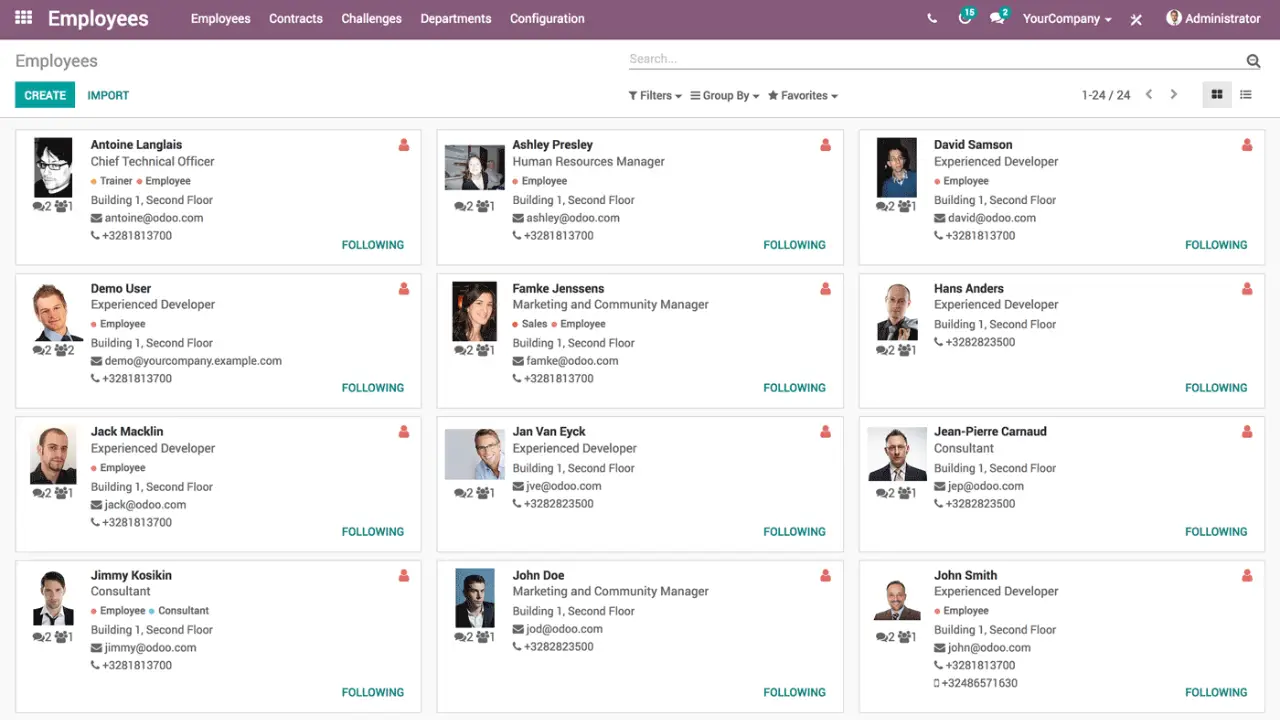
Clarify Roles and Responsibilities
Every team member needs a clear understanding of their role to prevent confusion and inefficiencies. Clearly defining duties ensures accountability and prevents overlap. Setting expectations from the beginning helps align individual responsibilities with the team’s overall objectives. When roles are well-defined, teams operate more smoothly and experience fewer misunderstandings.
Encourage Open Communication
Effective communication is essential for a productive team. Establishing proper channels, such as scheduled meetings and digital platforms, helps maintain transparency.
Encouraging openness allows team members to share ideas, express concerns, and provide feedback. When communication is strong, collaboration improves, and challenges are addressed more efficiently.

Build Trust and Strengthen Relationships
Trust is the foundation of any successful team. Engaging in team-building activities fosters camaraderie and strengthens relationships. Encouraging informal one-on-one interactions helps team members build personal connections, making collaboration more natural. When trust is established, teams become more cohesive and supportive of one another.
Cultivate a Culture of Cooperation
A team must operate with a shared vision to remain effective. Setting common goals ensures alignment and promotes unity. Encouraging collaboration creates an environment where teamwork is valued over individual achievements. When a culture of cooperation is established, teams work together more seamlessly and overcome challenges with greater ease.
Foster Accountability and Acknowledgment
Holding team members accountable promotes consistency and reliability. Regularly reviewing individual and group performance helps identify areas for improvement. Recognizing achievements, whether small or significant, boosts morale and motivates team members to stay engaged. Acknowledgment fosters a sense of purpose and encourages continued dedication.
Assess Progress
Ongoing evaluation is necessary to maintain team efficiency. Conducting regular assessments helps identify strengths and areas that need improvement. Being flexible and adjusting strategies based on performance ensures that the team continues to evolve and refine its approach. Teams that embrace continuous assessment stay adaptable and prepared for challenges.
Celebrate Successes and Improve on Shortcomings
Recognizing accomplishments reinforces motivation and keeps teams engaged. Celebrating milestones boosts morale and creates a sense of achievement. Learning from mistakes is equally important, as analyzing shortcomings helps teams refine their processes and prevent future issues. A culture that values both success and growth ensure long-term development and strong team dynamics.
Ready to Level-Up Your Teams?
Building stronger teams is easier and faster with Odoo. You get advanced tools that are built just to help you manage your teams and communicate with them and gain a quick boost in productivity.
Want us to help you get the Odoo system you need? Just fill this form, and our consultants will help you to define a system that meets all of your needs.
